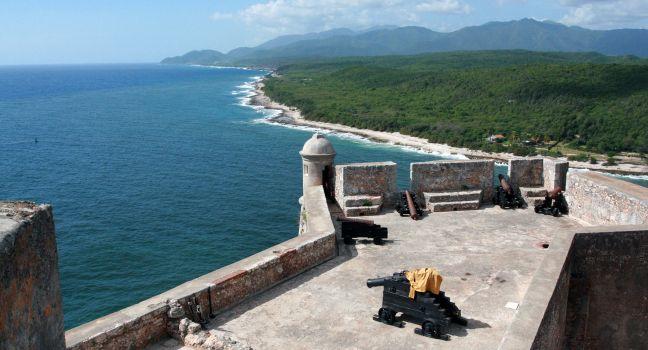Antiguo Cuartel Moncada
If you have an interest in all things revolutionary, a visit to the Moncada Barracks is a must, because here's where it all started. On July 26, 1953, Castro and 100 men attempted to storm this former army barracks. It was carnival time in Santiago; the streets were full of revelers, and Castro had hoped that security would be lax. Unfortunately, his hopes were dashed, and the rebels were either killed or captured. Castro, who fled to the mountains, was eventually caught, tried, and imprisoned on the Isla de la Juventud off Western Cuba's southern coast. Although unsuccessful, the attack ignited the sparks of Castro's Revolution. He wrote his famous speech "La historia me absolverá" ("History will absolve me"), which was smuggled out of prison, printed, and distributed throughout the island. Although luck had not been on his side in 1953, it certainly was in 1955, when Batista granted many political prisoners their freedom. Castro left for the United States, where he began soliciting support for his 26th of July Movement (named in honor of the ill-fated barracks attack) to rid Cuba of Batista's regime. From there, he took his cause to Mexico. In 1956, just a year after being released from prison, Castro made his historic journey from Mexico to Cuba aboard the Granma.
Today the former stronghold of Batista's troops contains a grammar school and the




